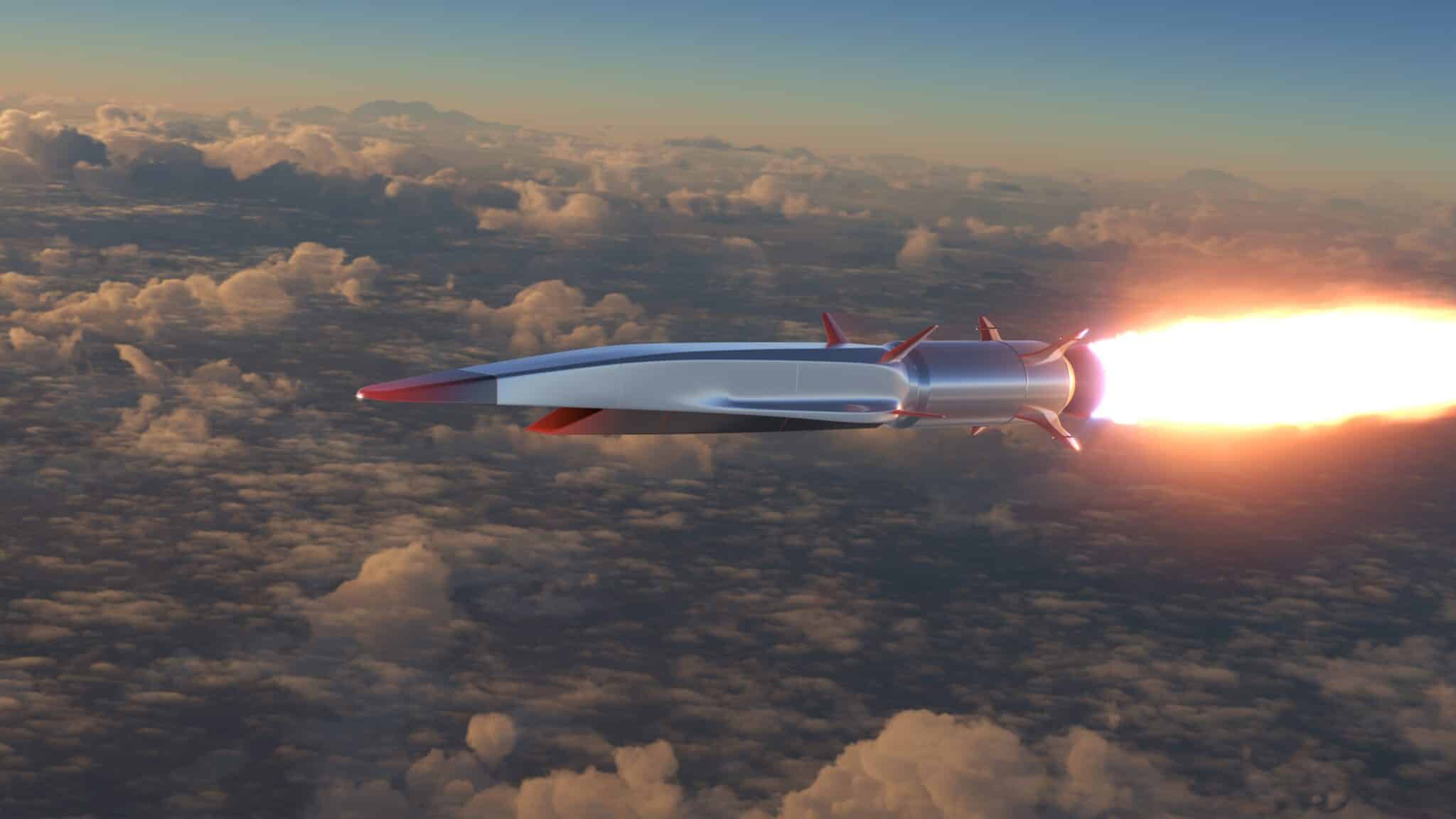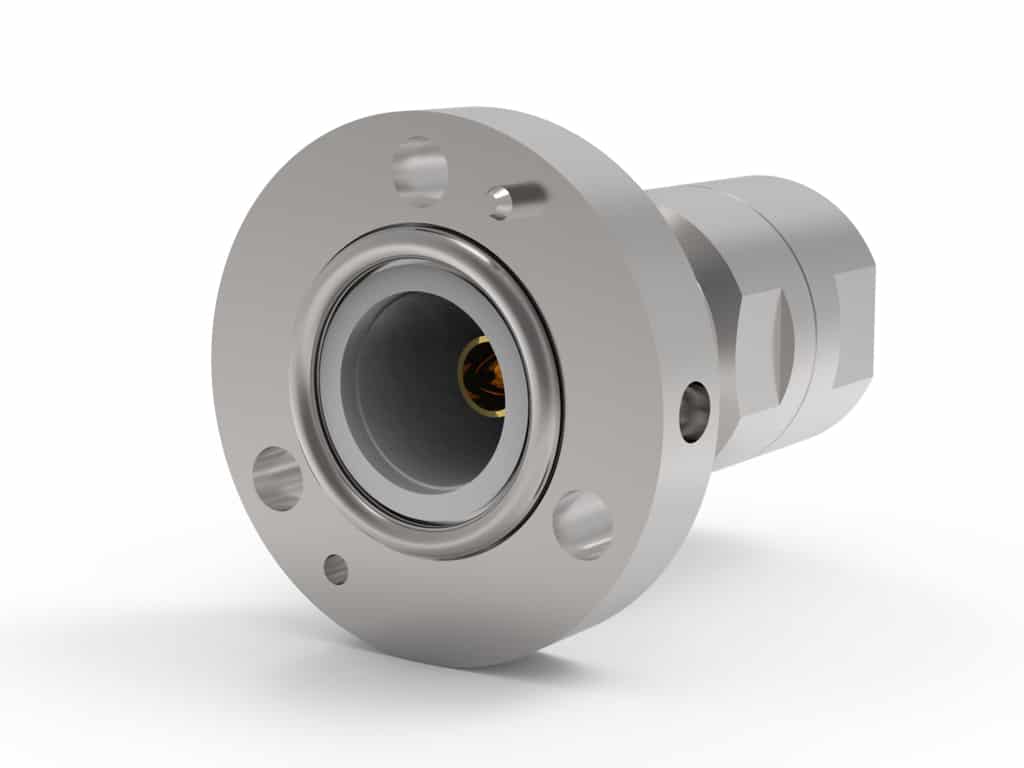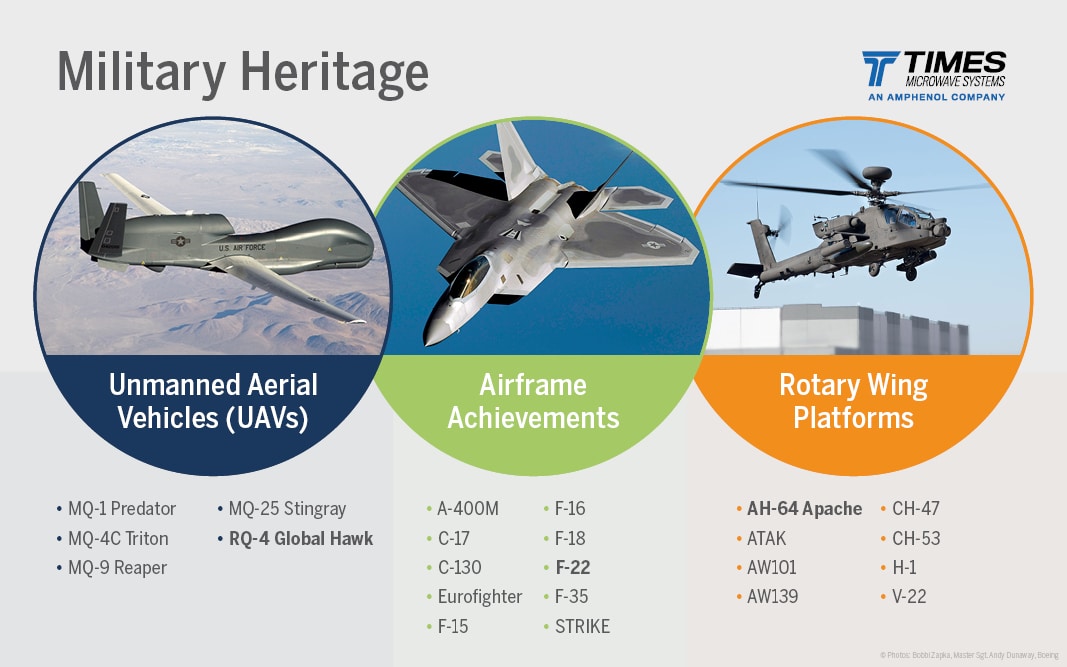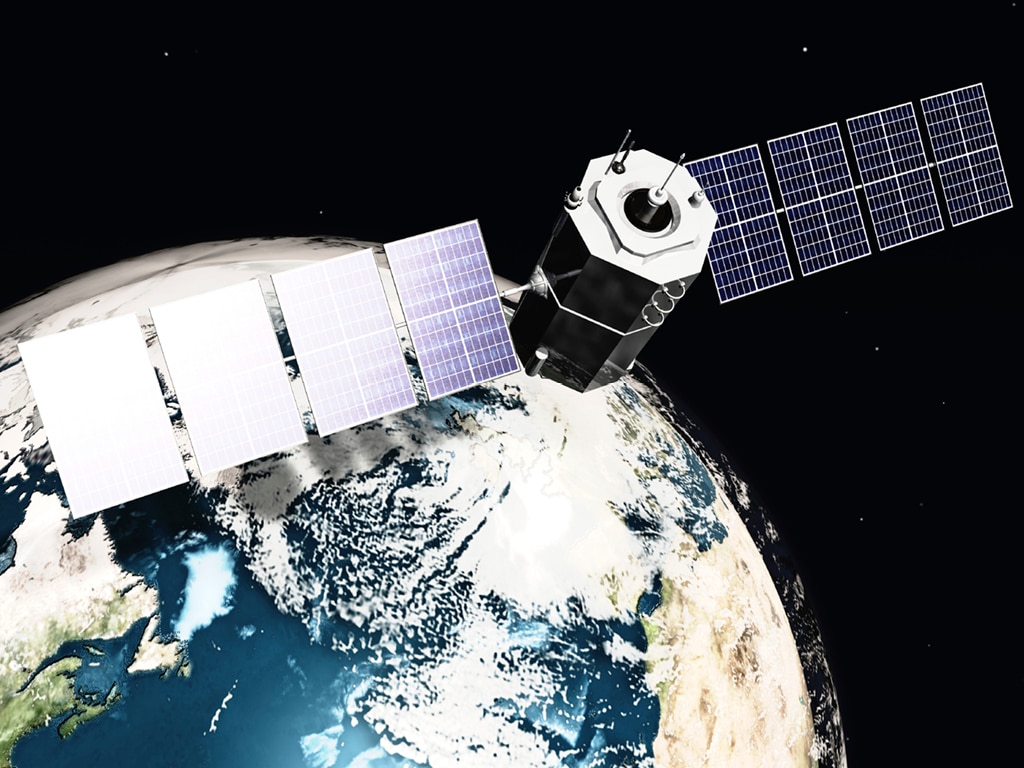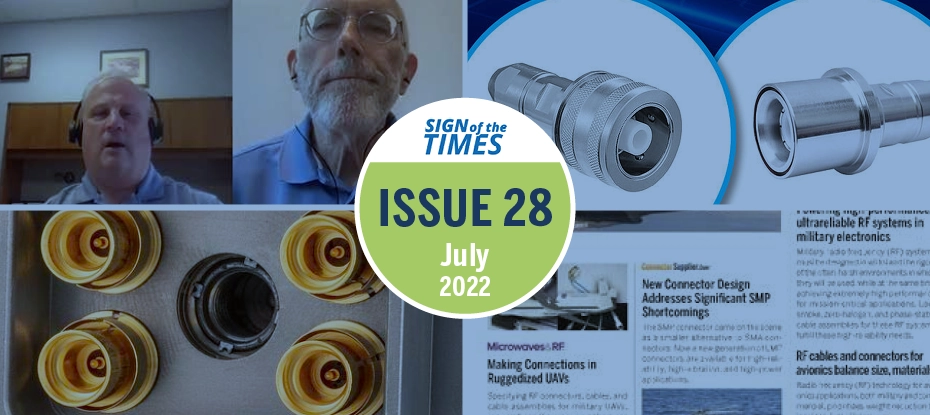High-Performance RF Interconnect Solution for Missiles
The development of missiles represents one of the most technologically advanced fields in the defense industry. Every global superpower relies on state-of-the-art missiles and missile defense systems to protect its national interests while striking down global threats to international peace.
Precision and accuracy are essential in missiles. Many of its critical functions are controlled by sensors that essentially act as its eyes, ears, and nose. Whether an optic sensor or a surface antenna, the missile needs these systems to precisely understand its environment. Low loss, high-performance RF interconnects are critical to route the data provided to the missile’s “brain” for navigation, communications, control, targeting and more.
Modern missile systems must combine extensive communications equipment packed within an extremely confined space. This limitation demands novel solutions that combine a small form factor with rugged construction, allowing it to withstand multiple high-impact and high-vibration conditions, from carrier landings to deployment, along with potentially years’ worth of temperature cycles. Weight reduction is also critical, requiring high-density RF interconnect solutions, including smaller cables and connectors.
A missile flies like an arrow and tends to spin and rotate, which requires multiple antennas with phase-matched or time-matched cables. These elements must survive at speeds that can top 5,000 miles an hour. The faster a missile travels, the higher the temperature gets, which creates a unique materials challenge as extreme temperatures will melt the plastics and polymers typically used in coaxial cables. The ongoing development of hypersonic weapons pushes these boundaries even further, particularly regarding temperature and phase matching. High-performance dielectrics and phase-matched systems are essential to meet phase versus temperature requirements.
Future-Proof Solutions for Complex Missile Applications
At Times Microwave Systems®, we maintain a long-standing partnership with the defense industry, and we understand how important it is to stay on the leading edge of product development. We have developed many unique solutions to meet the needs of complex applications such as missiles, including semi-rigid cables, silicon dioxide cables, self-locking connectors for high vibration, multiport connectors, phase-matched cables and much more. Our engineers build future-proof solutions, including custom designs that ensure our defense customers can count on coaxial cable and interconnect designs that over-perform in increasingly complex environments.
Count on our team of experienced defense industry veterans for reliable performance in the most unpredictable environments. Bring us your biggest challenge, and we will develop the right solution to meet any need.

